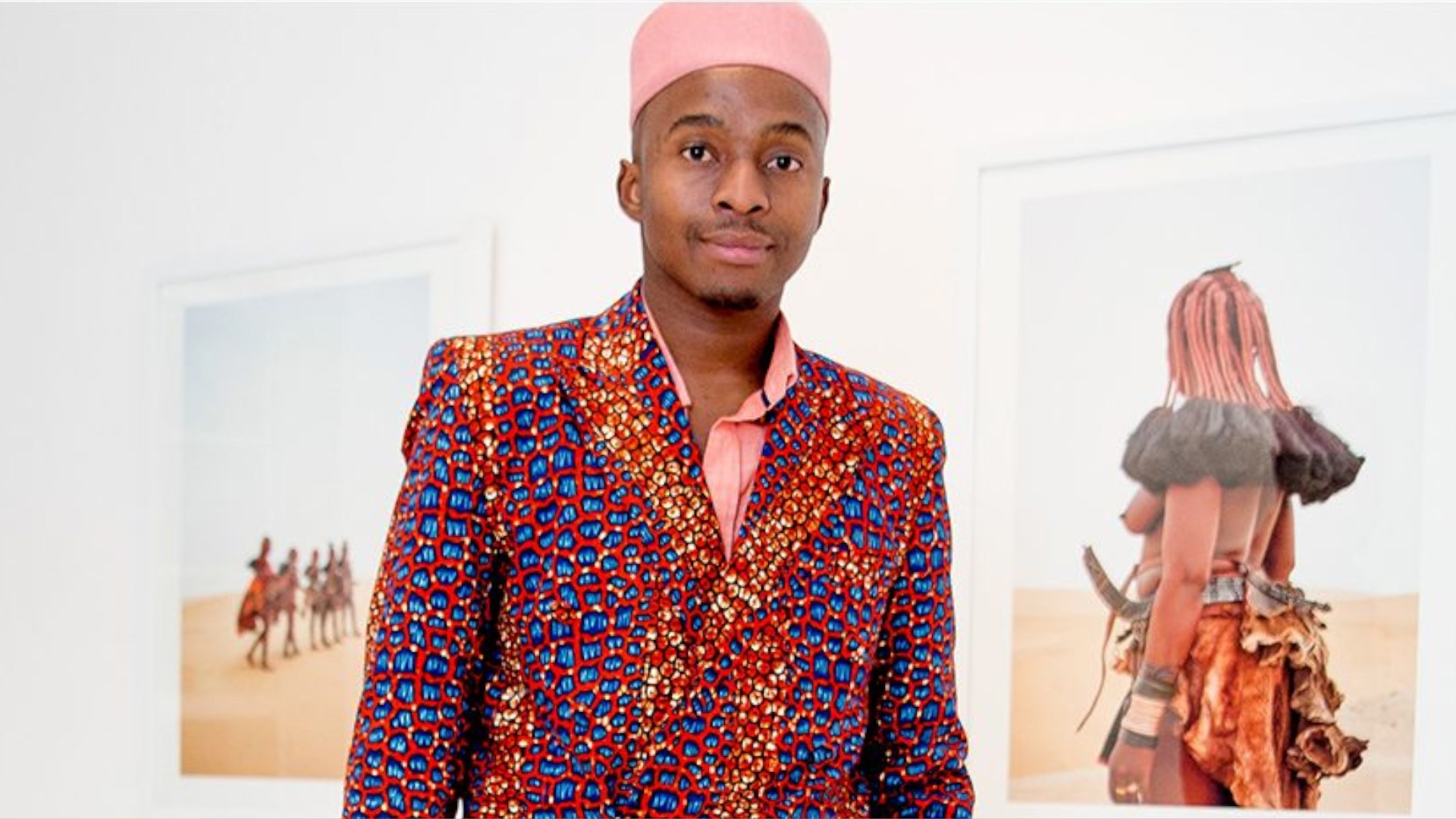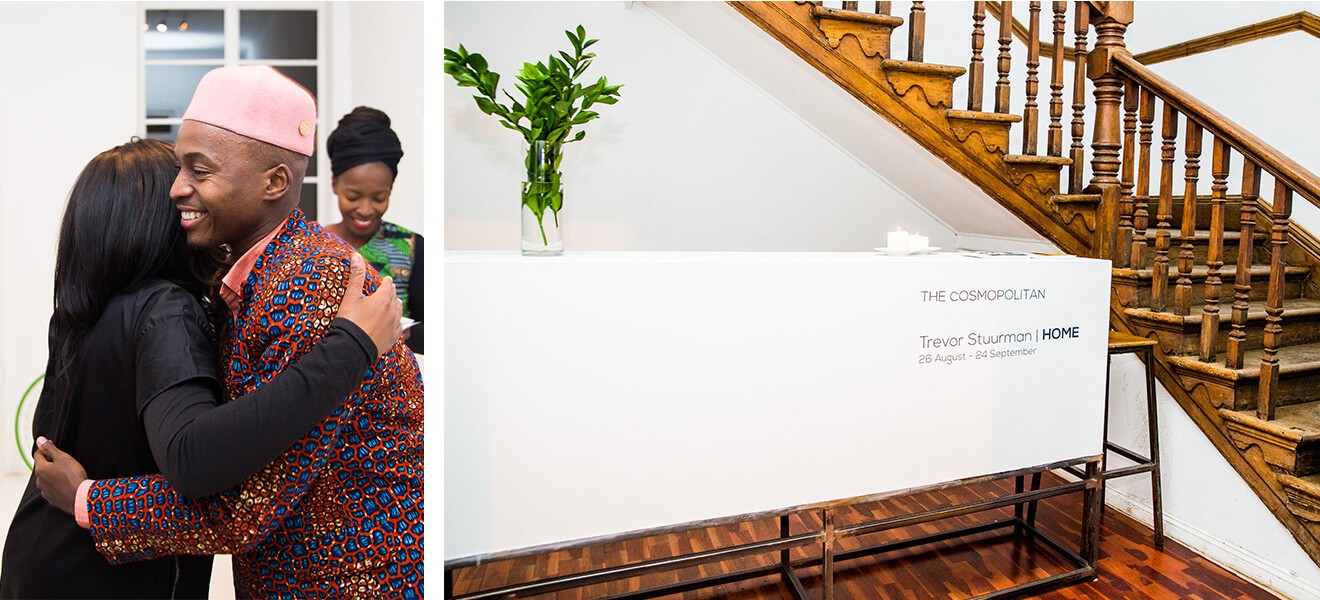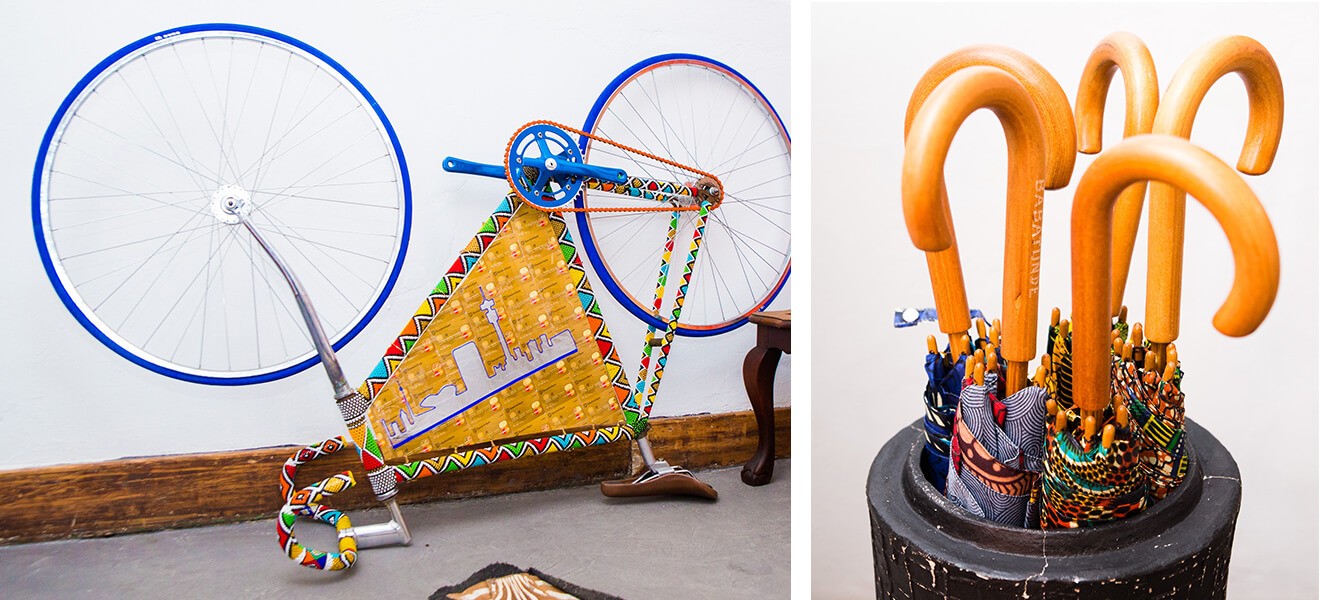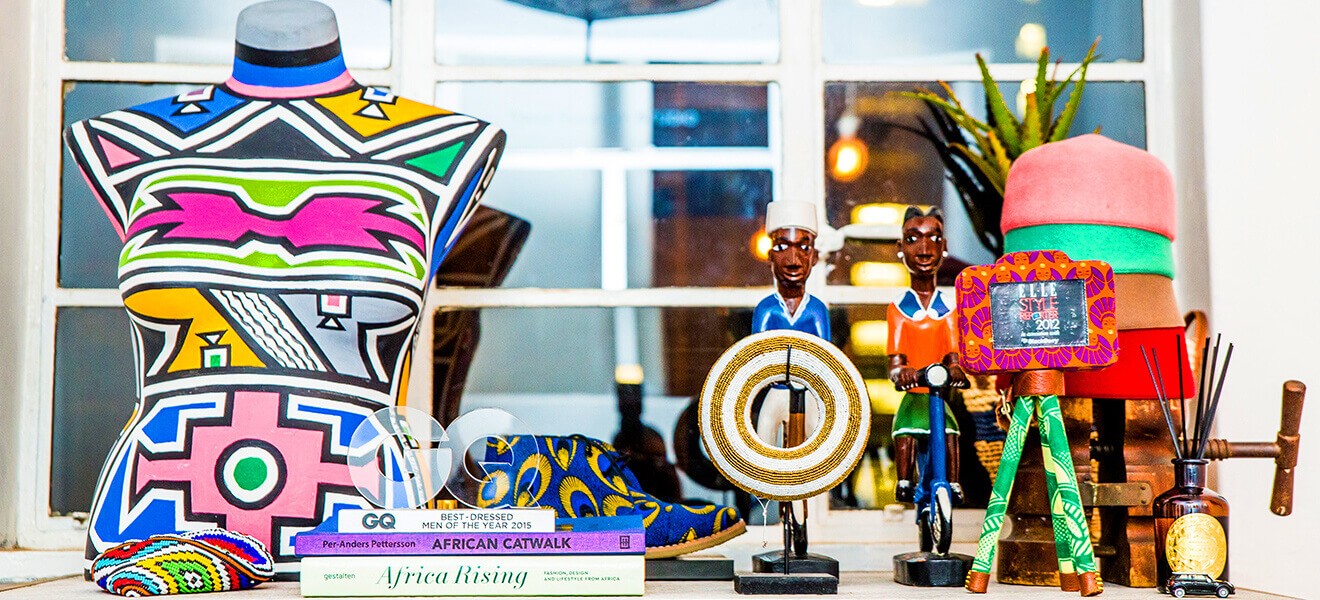Our tool for managing your permission to our use of cookies is temporarily offline. Therefore some functionality is missing.

TREVOR STUURMAN.
Since he was barely 20 years old, Trevor Stuurman has found himself at the vanguard of fashion and influence. He talks to MINI Living about why style matters.
Attempts to introduce Trevor Stuurman inevitably feel like they are missing a crucial component. You can list the things he does: photography, film-making, styling, blogging, designing, art-directing… the list goes on. Or you can choose from his list of accolades: his breakthrough in 2012 when he was named ELLE Style Reporter of the year, early heralds of success like being included on the Mail & Guardian’s 200 Young South Africans list a few years ago, his appearance on GQ’s best-dressed list, or the fact that Instagram themselves picked him up and broadcast his work to hundreds of millions of followers from their official Instagram account.
The fact is, Trevor Stuurman occupies a complex, hard-to-define space in South African culture. He’s that rare thing – a kind of lightning conductor for the zeitgeist. He tends to use the term “storyteller”, using photography, fashion, art, social media and whatever else comes to hand to express himself. His multifaceted expressions not only channel the spirit of the times, but also forge new aesthetics and identities through style, taste and attitude.
He’s a transformative figure – animating fashion, art and branding with a curious energy, and constantly finding new ways to blaze the trail of African modernity. Whatever the medium, he can express a message. It can be as simple as what he wears on any given day, or a major branding collaboration.
Here’s a quick sample of what he’s been up to lately:
- In August and September this year, he had his first solo photography exhibition “HOME” at HAZARD Gallery in Johannesburg’s Maboneng Precinct.
- He collaborated with milliners Simon and Mary on the design of the new Fez hat. (Check out our interview with founder Dean Posniak.)
- He created a bicycle sculpture, decorated with Ndebele-inspired beading and credit cards for Standard Bank.
- He did a campaign for Italian sneaker brand Superga.
- He attended men’s fashion platform Pitti Immagine in Italy with MINI.
We chatted to Trevor about…
The idea of “the new gentleman”
Society has archityped what it means to be a gentleman. If you were to google “gentleman”, the results do not really translate in reality, because you either find someone with a six-pack or someone in a suit. But not all of us wear suits and have six-packs. The new gentleman is about a new visual language and new behaviour patterns. Living in a digital age, everything moves faster. Communication and information is shared so easily and freely, that everyone has the freedom to express themselves in whatever way they find comfortable. I think it’s what the times require.
I guess there’s a certain level of consciousness that the new gentleman has, too. He’s not scared to have a voice. I think the new gentleman cares a bit more. There’s actually no trademark look. It’s more of an energy. Because it’s all about individuality. I see the new gentleman as being authentic and true to himself, and being able to stand for something. Standing for something doesn’t mean you have to be an activist. It just means you understand that you represent yourself – you have social responsibility, are cognisant of others, and appreciate harmony and peace.

I AM INSPIRED BY A LOT OF THINGS, BUT I THINK THE CORE WOULD BE HOME.
His inspiration
I am inspired by a lot of things, but I think the core would be “home”. Home in the sense, firstly, of where I was born and raised by my parents, but also home as in the continent I was fortunate enough to be raised on. I think that is my main visual inspiration.
Travel as well. The more I leave home, the more I realise the power and currency that home has. And I think that in turn makes me a better storyteller, because I am able to navigate different spaces outside of home, find pieces of home wherever I go, and then create tangible products. For example, my latest collaboration with Simon and Mary, the Fez hats, were inspired by Ndebele culture. The Fez hat’s silhouette reminded me so much of [Ndebele] bracelets, I wanted to translate that into hats. I drew the colourways from that kind of beadwork.
I was also commissioned by Standard Bank to do a bicycle, and that was inspired by my grandmother and her innate ability to be resourceful, and to be able to refashion and repurpose found objects under any circumstance for the better. I used an old bicycle and got it beaded, and used that to pay tribute to her. It was a matter of putting culture on wheels and moving it forward.

His first solo exhibition
My most recent work is my exhibition, which is titled “HOME”. The work speaks about how I’ve found home within other cultures, and how our bodies are our first homes, yet they’re the most unfamiliar and unoccupied spaces. Because, how I see it, you don’t live at an address or a place; you live within yourself. And you have to be at home with yourself, and that’s how I see everything fleshing out in terms of how home is my biggest inspiration.
Being African
I think being born in Africa is such an added bonus to life. I can’t imagine being born elsewhere. I feel like being African is a kind of superpower that allows you to exist within any space and still be you. I think it allows you to be so open-minded because you are surrounded by so much diversity. All the cultures are so different in Africa, traditionally, everyone has stuck to their own way of life. [It’s] like there’s never been peer pressure to conform or to match up. It’s only now, during this new wave and this new digital age that we are able to merge different cultures and come up with new visual languages.


